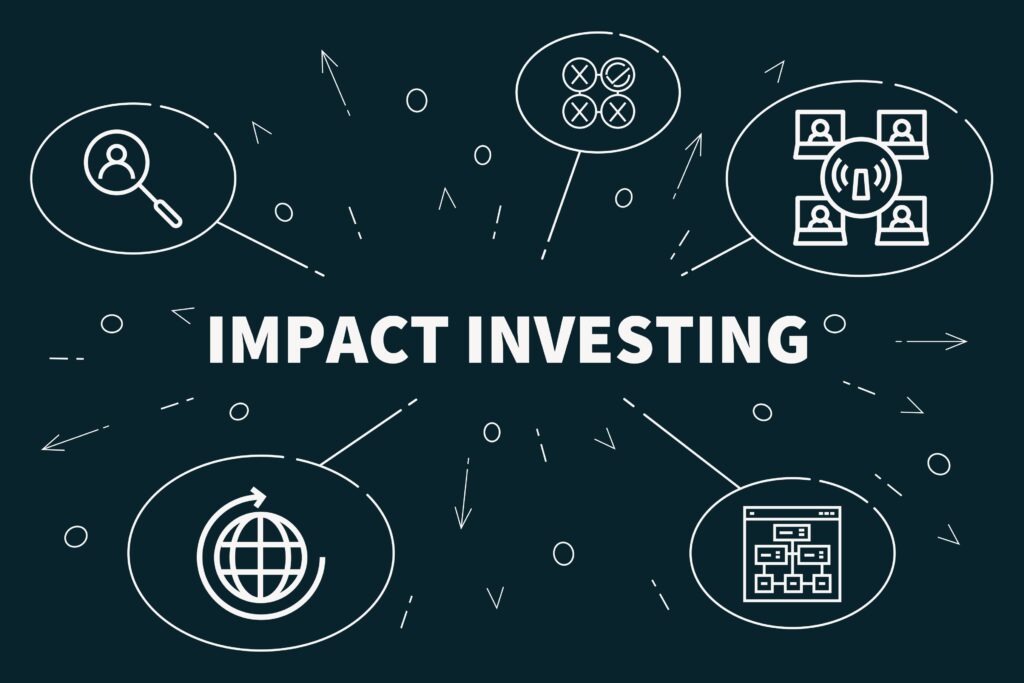
Impact Investing and the Pandemic-Part 3
As another fiscal quarter comes to an end, the widespread, negative effects of the pandemic continue to persist, but at the same time we also see some recovery of the global markets. With the third quarter of 2020 now behind us, we’ve seen much of the financial loss endured by the global markets almost fully recouped. Certain sectors of the economy have suffered more than others, but as a whole, the global markets have made an extremely quick recovery.
While we’re not confident in the sustainability of the market’s high level of performance, we thought it would be valuable to reflect on how the pandemic has affected our portfolio so far this year, at the end of the third quarter of 2020.
So far our portfolio has outperformed our benchmark — a combination of industry-standard indexes — by 5.9%. That’s a significant outperformance. As described in previous posts outlining our portfolio’s performance after the first and second quarters of 2020, it’s clear our investment strategy has produced strong returns this year.
These resilient results are attributed to the outperformance of our portfolio’s impact investments. As seen in the table below, every asset class that has transitioned to an impact investment — excluding cash — has outperformed its benchmark. Most significantly, the global equities allocation of our portfolio has outperformed benchmark by a margin of 11.8% year-to-date.
At the beginning of the year, the only asset class that was not contributing toward our goal of a 100% impact portfolio was our Canadian public equities. After a thorough process, in late August, we became the first investor in a new mandate launched by PCJ, an affiliate of Connor, Clark & Lunn Private Capital (CC&L). The new mandate invests in small, mid-sized, and large publicly traded companies in Canada that generate positive social or environmental impact.
Take a look at the contribution of the Canadian equities asset class to the performance of our portfolio before and after we transitioned it to achieve greater impact. As you can see above, there was a year-to-date underperformance of -6.5% relative to benchmark when our Canadian equities were classified as a traditional investment.
Now that we transitioned our Canadian equities to increase impact, the year-to-date outperformance since we made that shift is 4.7% compared to benchmark. It’s true the performance period is far too short to draw reasonable conclusions, but we’re certainly pleased with the early performance of this new mandate. Now that our Canadian equities are considered an impact investment, we have successfully reached our goal of a 100% impact portfolio, with the exception of our portfolio’s cash allocation. Next year, we’ll focus on ways to increase the impact of our cash. We’ve already started to have conversations with some value-aligned institutions (think credit unions).
Below is a graph of our annual performance relative to benchmark. It’s clear that 2020 has been a turning point in our portfolio as performance has outstripped benchmark by an unprecedented pace.
Something to note is the 2020 performance figure is gross of investment fees. That means the figure still includes fees that need to be subtracted to show our net performance for the year. Since our portfolio’s cost structure is very lean, the net performance figure will be very similar to the gross figure seen below, so we’re confident about the accuracy of the numbers.
Taking a look at our portfolio’s performance from a different angle, the graph below displays a hypothetical $10,000 investment in our portfolio versus our benchmark since 2016 — the year we first committed to a 100% impact portfolio. This graph clearly demonstrates our portfolio’s wide positive performance spread in 2020.
While it is uncertain when the effects of the pandemic will begin to subside, we will continue to keep close tabs on how our portfolio performs in the last quarter of the year. However, at the end of the day, we’re more focused on the long-term resilience of our investments in the face of an ongoing pandemic and a great deal of uncertainty.